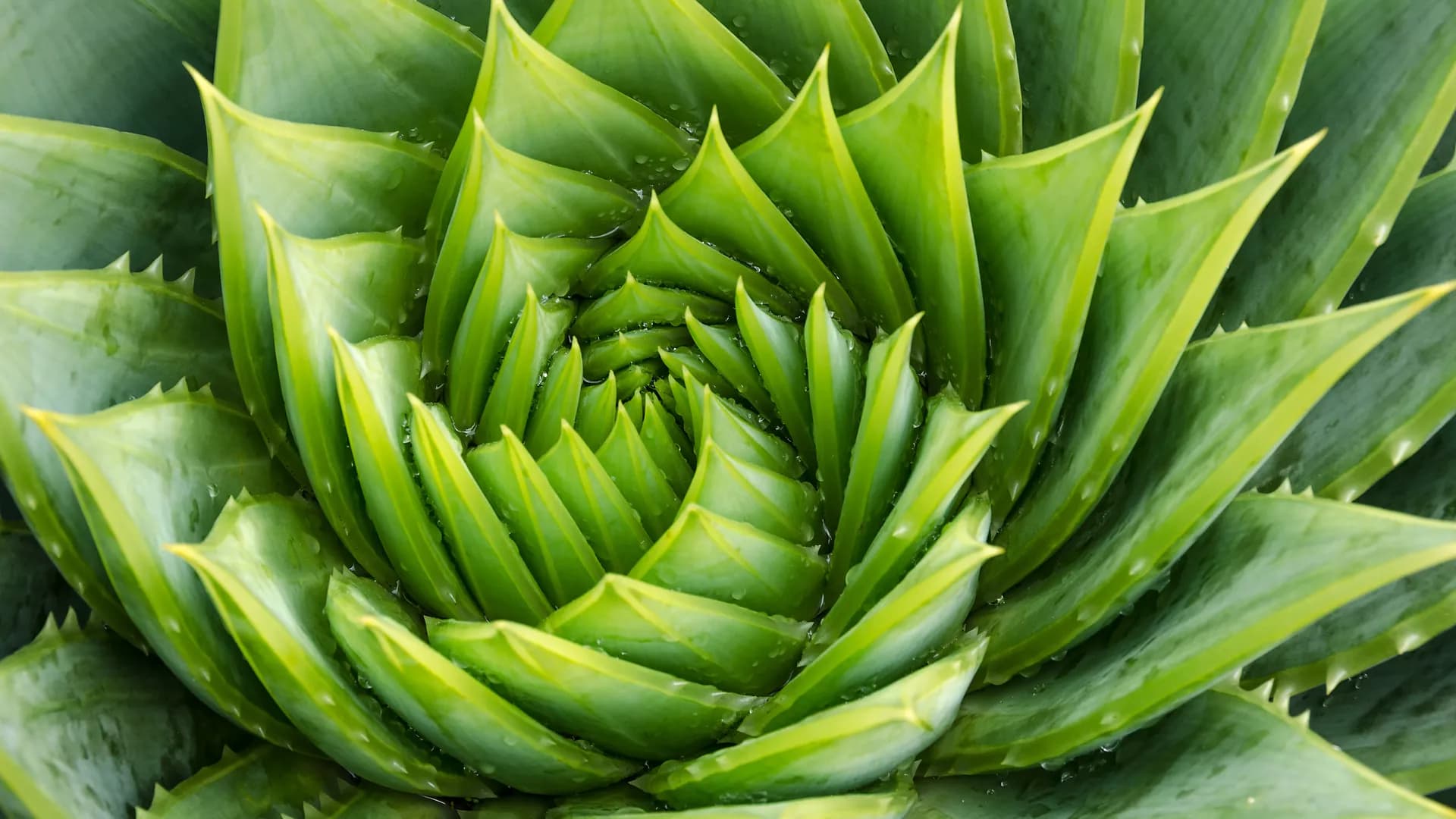Rosa rugosa (Rosaceae) is an important functional plant used in food products, tea, and aromatherapy. Characteristics of R. rugosa varieties based on the biological traits and floral fragrant components were studied by applying an analytic hierarchy process, headspace solid-phase microextraction gas chromatography–mass spectrometry, and metabolomic analysis. The 77 Rosa accessions (comprising 27 R. rugosa varieties, 43 scented R. hybrida cultivars, and seven fragrant R. species) were grouped into nine classes based on 17 morphological characters and 16 targeted fragrant substances by cluster analysis. Three R. rugosa cultivars differing in fragrance type were selected for volatile metabolomics analysis at four stages of flower development. In total, 156 differential volatile organic compounds (VOC) were detected and the VOC content patterns were further investigated in two important metabolic pathways (the monoterpenoid biosynthetic pathway, and the phenylalanine, tyrosine, and tryptophan biosynthesis pathway). The results provide a foundation for efficient use of Rosa germplasm and insights into the utilization of R. rugosa as a functional flower.
Frontiers in Plant Science
Understanding Crucial Enzymes for C4 and CAM Photosynthesis Towards Advanced Plant Biotechnology









